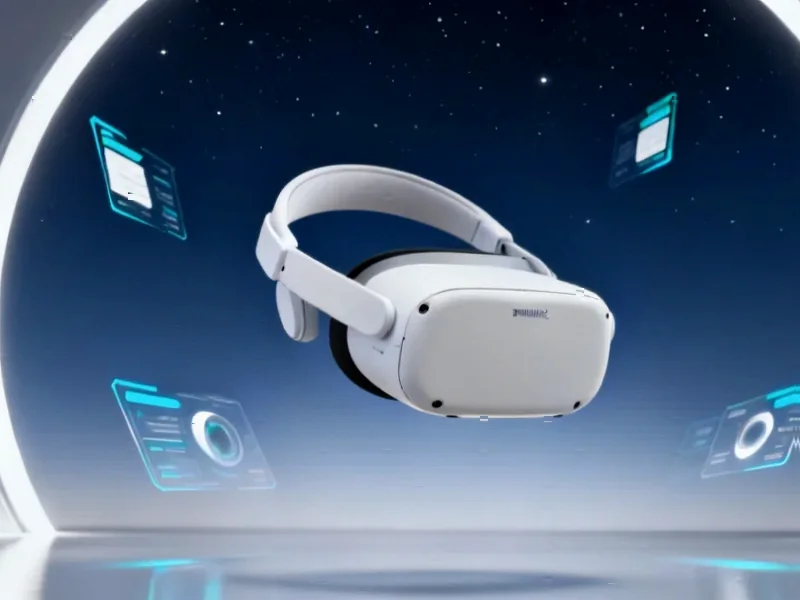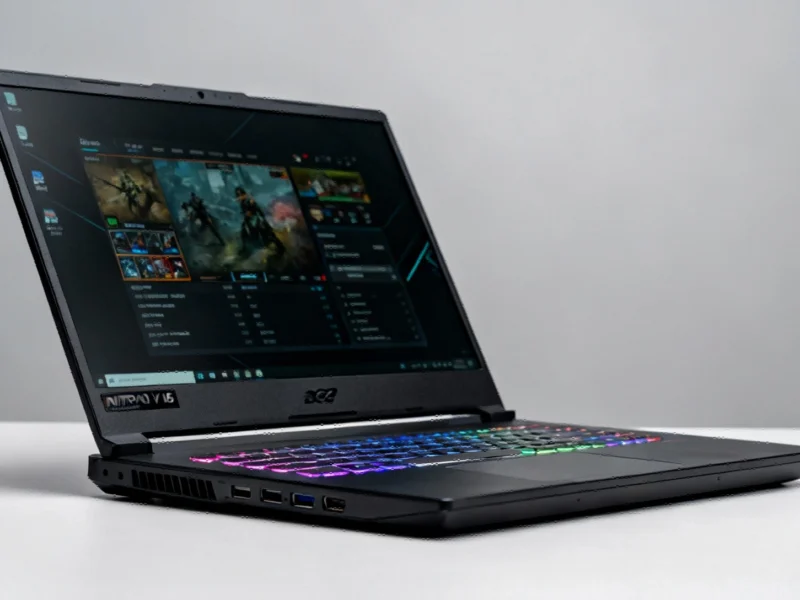According to Android Authority, Samsung’s tri-fold device may make its official appearance as early as this week at the Asia-Pacific Economic Cooperation CEO summit in South Korea’s Gyeongju province. The report suggests the device, potentially named Galaxy Z TriFold, could be unveiled between October 28-31, with potential availability following in November. However, this timing and venue raise important strategic questions about Samsung’s foldable ambitions.
Table of Contents
Understanding Foldable Market Dynamics
The foldable market represents Samsung‘s most significant innovation push since the original Galaxy Note established the phablet category. While Samsung currently dominates the foldable space with approximately 70% market share, this leadership faces increasing pressure from Chinese manufacturers offering more affordable alternatives. The tri-fold concept pushes beyond current dual-screen designs, potentially creating a device that can function as phone, tablet, and even laptop replacement. However, the technology faces fundamental challenges in weight distribution, hinge reliability, and screen durability that dual-fold designs could exacerbate.
Critical Analysis of Launch Strategy
Launching at a regional economic summit rather than a global event suggests Samsung may be testing waters cautiously rather than making a bold market statement. The CEO summit audience represents business leadership rather than mainstream consumers, indicating this might be positioned as a premium productivity tool rather than mass-market device. More concerning is the potential market limitation – if Samsung follows patterns from previous foldable launches, the tri-fold might initially target only select Asian markets, missing crucial growth regions like North America and Europe where foldable adoption is accelerating. This conservative approach could cede ground to competitors willing to take bolder global bets.
Industry Impact and Competitive Landscape
The tri-fold’s arrival comes at a pivotal moment for the foldable segment. Chinese manufacturers including Huawei, Xiaomi, and Oppo are rapidly closing the innovation gap while offering more aggressive pricing. More importantly, Apple’s rumored foldable development creates an existential threat to Samsung’s leadership. By introducing a tri-fold now, Samsung attempts to establish technological superiority before Apple enters the market. However, the province-focused launch strategy risks making the innovation appear niche rather than mainstream, potentially limiting its impact on consumer perception and developer support for the new form factor.
Market Outlook and Strategic Risks
Samsung faces a delicate balancing act with tri-fold technology. While being first to market with innovative form factors has historically served them well, the complexity of triple-folding screens introduces new reliability concerns that could damage consumer confidence if not thoroughly tested. The reported timing suggests Samsung may be rushing to beat holiday season deadlines and competitive announcements, raising questions about product maturity. Most critically, as The Korea Herald originally indicated, limited market availability could undermine the very purpose of breakthrough innovation – to capture market leadership and set industry standards. Without broad global availability, Samsung risks creating a technological showcase rather than a commercial success.



